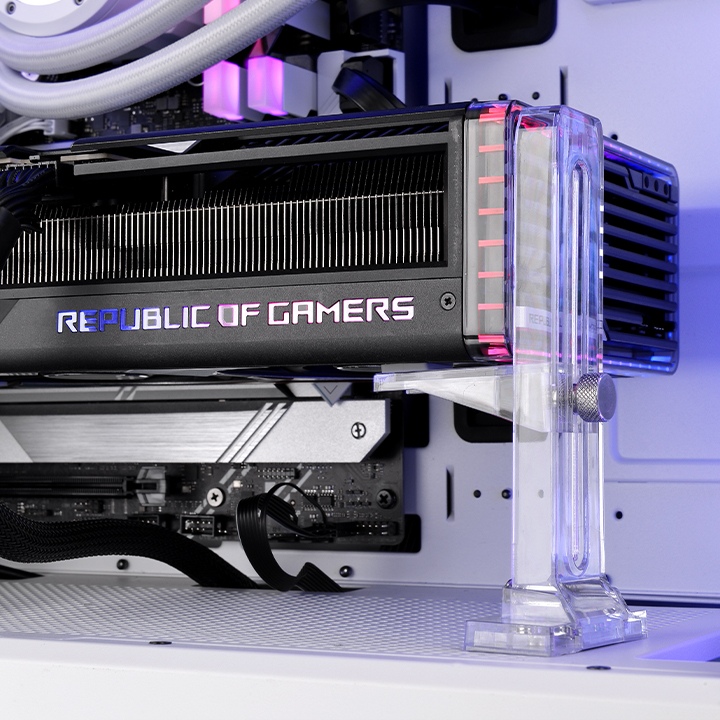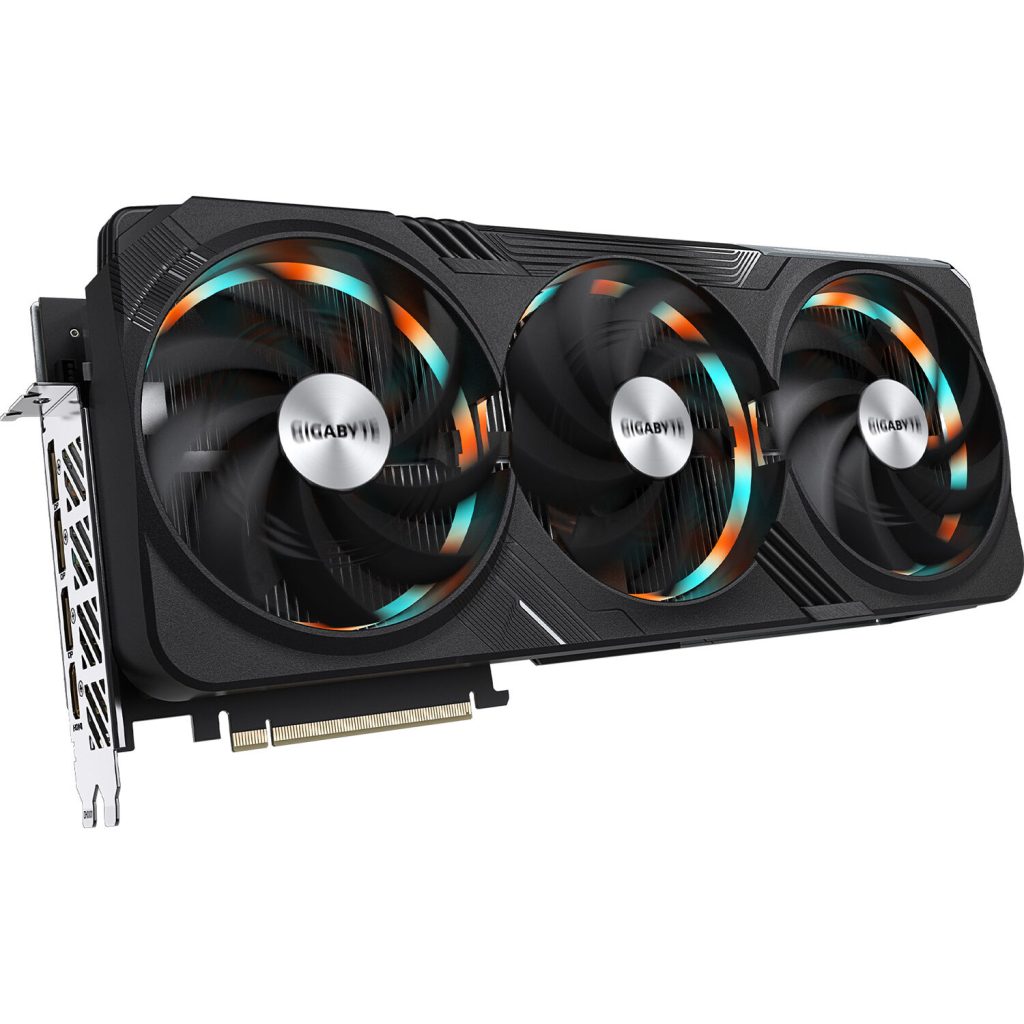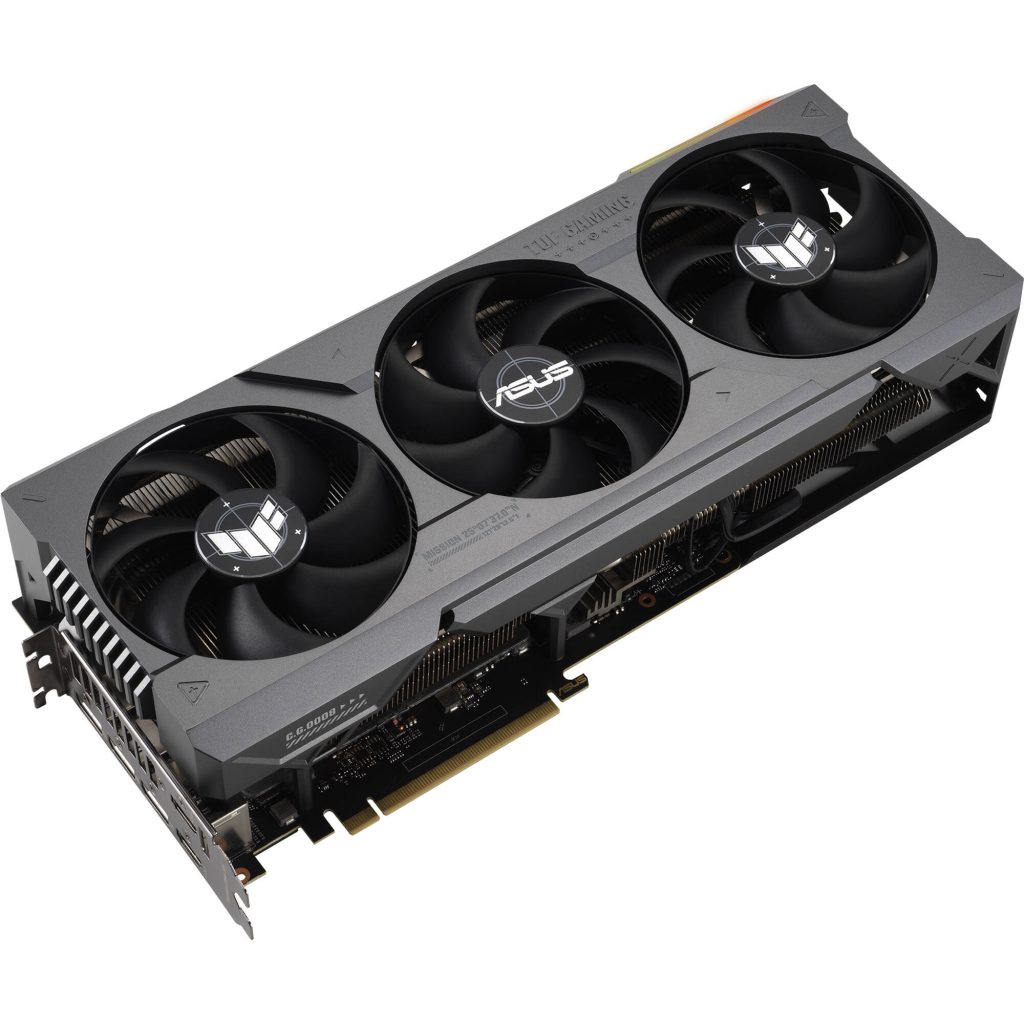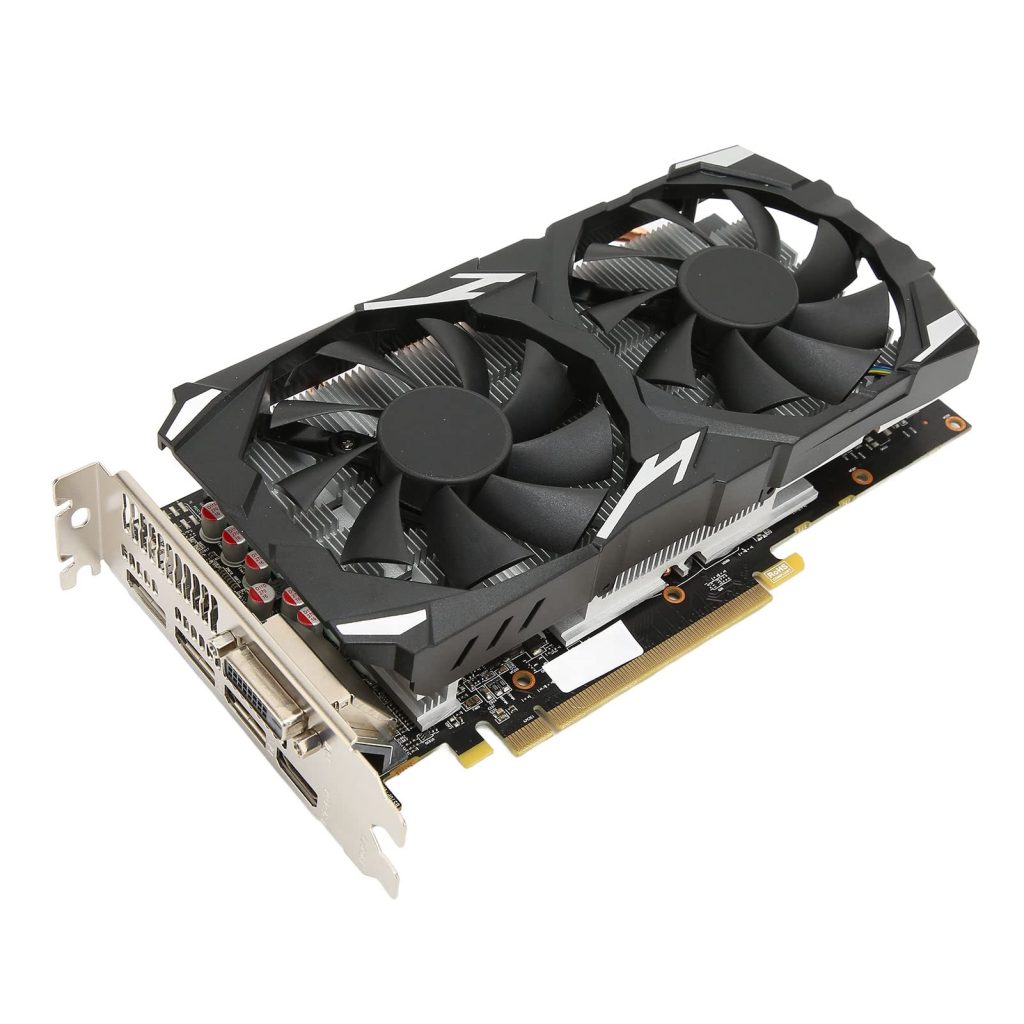Deciding to upgrade a PC with a new graphics card (GPU) can be an exciting move towards improved gaming performance, enhanced graphic design capabilities, or more efficient video editing. However, there’s a common question that puzzles many PC enthusiasts: Can you put any graphics card in a PC? This article debunks the latest myths and realities about GPU compatibility in 2024 to help you make an informed decision when upgrading your setup.

Understanding PC Compatibility
Motherboard Slot Standards and GPU Interface
Graphics cards connect to the motherboard via a specific type of slot known as PCI Express (PCIe). The first reality check is that your motherboard must have a PCIe slot, which most modern motherboards do. But it’s not just about presence; the version and size of the slot also matter. Most graphics cards use a PCIe x16 slot, and while they are backward compatible, a card intended for a PCIe 3.0 slot may not perform optimally in a PCIe 2.0 slot. It’s crucial to match the GPU’s requirements with your motherboard’s specifications for maximal performance.
Power Supply Requirements
Graphics cards can be power-hungry components. Your power supply unit (PSU) needs to have enough wattage to support the GPU’s demands in addition to the rest of your system. Check the GPU manufacturer’s recommended power requirements before buying. Additionally, many high-end graphics cards in pc require direct power connections from the PSU. Ensure your power supply has the necessary 6-pin or 8-pin connectors to power your chosen GPU. If not, you may need to invest in a new PSU or use power adapters as a short-term fix.
Physical Constraints and Cooling
Case Size and Card Dimensions
Another critical reality is that not all graphics cards pc will physically fit into your PC case, especially if you have a compact or mini-ITX case. High-performance GPUs tend to be long and may occupy two or even three slot spaces in width. Before purchasing, note down the dimensions of your case’s GPU clearance and compare them to the size of the card you’re considering. If there’s not enough space, you might need to look for a smaller GPU or a new case.
Thermal Considerations and Airflow
Graphics cards generate a lot of heat, and your PC must be able to dissipate that heat effectively. This means having good airflow inside the case and, potentially, additional cooling solutions such as case fans or liquid cooling systems. For powerful GPUs, you’ll need to ensure that your cooling setup can handle the thermal load. Overheating can lead to performance throttling and even hardware damage, so don’t overlook this aspect of GPU integration.

Software and Driver Compatibility
BIOS and Operating System Support
A commonly overlooked aspect is whether your PC’s BIOS and operating system support the new GPU. Certain older motherboards may need a BIOS update to recognize newer graphics cards. Similarly, ensure that your operating system, be it Windows, Linux, or any other, supports the GPU. Drivers enable the operating system to correctly interact with the hardware, so it’s crucial that the manufacturer provides drivers for your OS version.
Driver Updates and Stability
Drivers can make or break your GPU performance and stability. Always download the latest drivers from the GPU manufacturer’s website, as they offer optimizations and fixes for games and applications. Outdated drivers can lead to crashes, glitches, and suboptimal performance. Be wary, though, as very new driver releases may have undiscovered bugs—sometimes it’s best to wait a few days before updating to the latest version.
Exploring Upgrades
Balanced System Performance and Bottlenecks
When you’re upgrading a GPU, it’s easy to get caught up in the excitement of more power and better graphics. However, the reality is that other system components must be able to keep up. A top-tier graphics card won’t perform to its full potential if paired with an outdated CPU, slow RAM, or a sluggish hard drive. This imbalance can create bottlenecks, where one component limits the performance of others. Aim for a balanced upgrade where your entire system harmonizes to provide the best overall performance.
Futureproofing and Cost-Effectiveness
Consider futureproofing, the idea of choosing components that will remain capable for years to come. While it’s impossible to predict future technology developments, investing in a somewhat more powerful GPU than your current needs may save you from needing another upgrade too soon. However, cost-effectiveness is equally important. The most expensive graphics card isn’t always the most sensible choice. Weigh your options, consider your needs, and remember that the mid-range market often provides the best price-to-performance ratio.

Pre-Upgrade Assessment=
Compatibility Checklist and Pre-installation Review
The first step before introducing a new GPU to your system is conducting a thorough compatibility check. Develop a checklist that includes power requirements, physical space, cooling capacity, and system support. Investigate these aspects meticulously, compare potential GPUs against this checklist, and ensure that every box is ticked. An often-overlooked practice is to perform a pre-installation review of the installation process, which may uncover potential hiccups. Things like removing old drivers, ensuring the case has adequate space for a GPU upgrade, and preparing the necessary tools can all be part of this preparatory phase.
Realistic Performance Goals and Research
Understanding the performance capabilities of different GPUs can help set realistic expectations for an upgrade. Benchmarking websites, gaming forums, and hardware reviews offer insights into how a particular graphics card performs in real-world scenarios. Researching these sources and comparing them to your intended use—whether for high-resolution gaming, 3D rendering, or general multimedia use—will help establish performance goals tailored to your individual needs. Remember that a GPU should complement your current setup, offering a noticeable improvement without overshooting the necessary performance for your tasks.
Future Compatibility and Upgrades
As the tech landscape evolves, so do the demands of software and games. While futureproofing was mentioned before, thinking ahead about future compatibility and upgrades encompasses more than just purchasing power. It involves foreseeing potential changes in technology standards, such as new PCIe versions or display outputs, and how they may affect your system. It includes understanding the upgrade paths that your motherboard and PSU will support and planning for how your GPU choice fits into this progression. This forward-thinking approach maximizes the longevity of your upgrade.
Things to note when putting any graphics card in a PC
Installing a graphics card is a common and effective way to enhance the performance and visual capabilities of a PC. However, it is essential to consider several factors before installing a graphics card to ensure compatibility and proper functioning.

Power Requirements:
Before installing a graphics card, ensure that your power supply unit (PSU) has enough wattage and the necessary connectors to support the new graphics card. Check the graphics card manufacturer’s specifications for the recommended power requirements. If needed, upgrade your PSU to avoid stability issues and ensure that the graphics card receives adequate power.
Physical Compatibility:
Consider the physical space inside the PC case to ensure that the new graphics card will fit properly. Measure the available space and compare it with the specifications provided by the graphics card manufacturer. Pay attention to the length, height, and width of the graphics card, as well as its cooling solution. In some cases, you may need to remove or relocate components to accommodate the graphics card.
PCIe Slot Compatibility:
Check the motherboard’s PCIe (Peripheral Component Interconnect Express) slot to verify its compatibility with the graphics card. Most modern graphics cards require a PCIe x16 slot. Ensure that the PCIe slot is not obstructed by other components like storage drives or cables and that it provides sufficient electrically conductive lanes to support the graphics card.
Driver Installation:
After installing the graphics card physically, it is essential to install the appropriate drivers to ensure optimal functionality. Visit the graphics card manufacturer’s website and download the latest drivers for your specific graphics card model and operating system. Follow the manufacturer’s instructions for the driver installation process, which may involve running an installer or manually updating the drivers through the Device Manager.
System Requirements:
Verify that your PC meets the minimum system requirements specified by the graphics card manufacturer. Ensure that your CPU, RAM, and operating system are compatible with the graphics card. Insufficient system resources can lead to performance bottlenecks and compatibility issues. Refer to the graphics card manufacturer’s website or product documentation for the specific system requirements.

In summary
Can any graphics card fit in a pc? Upgrading a GPU isn’t as simple as picking a card and plugging it in. It requires a conscious understanding of system compatibility, realistic performance expectations, and strategic long-term planning. When these factors are measured and considered, not only can you put any graphics card into your PC, but you can also ensure it thrives, delivering the enhanced computing experience you seek. By demystifying the myths and acknowledging the realities, anyone can navigate the GPU upgrade path with confidence and clarity.
